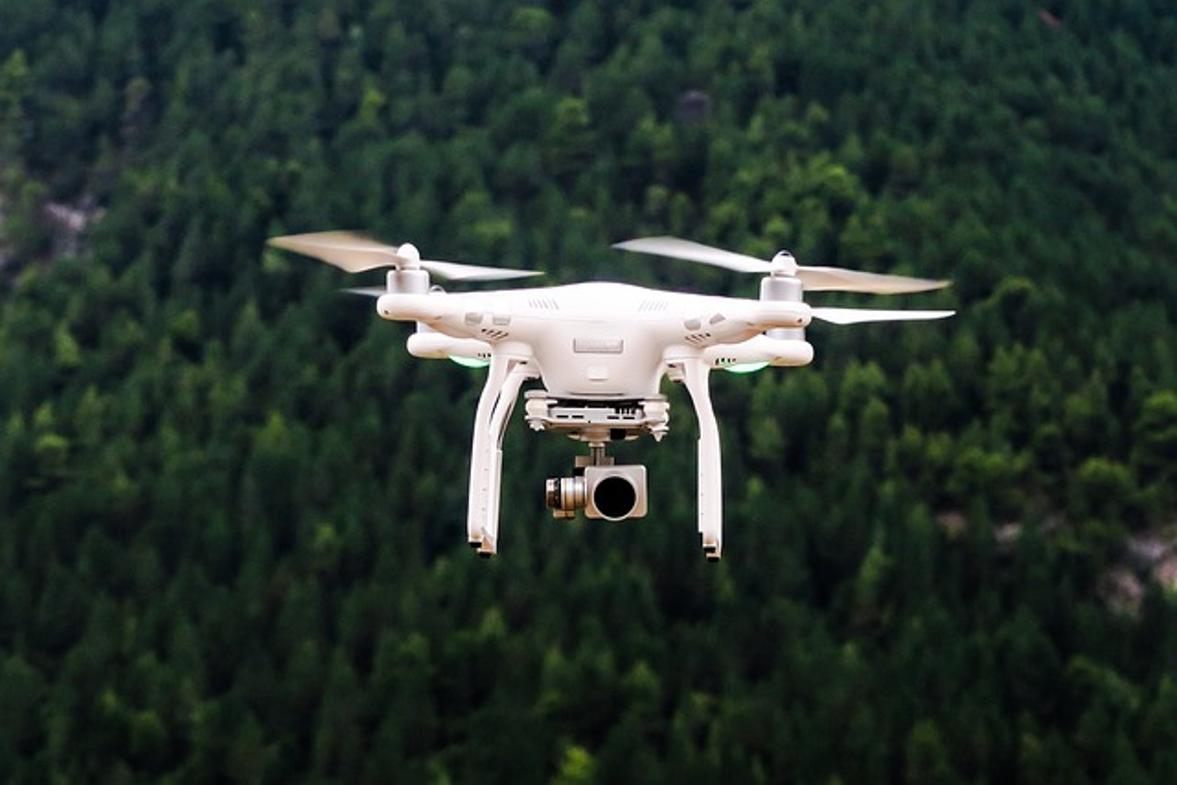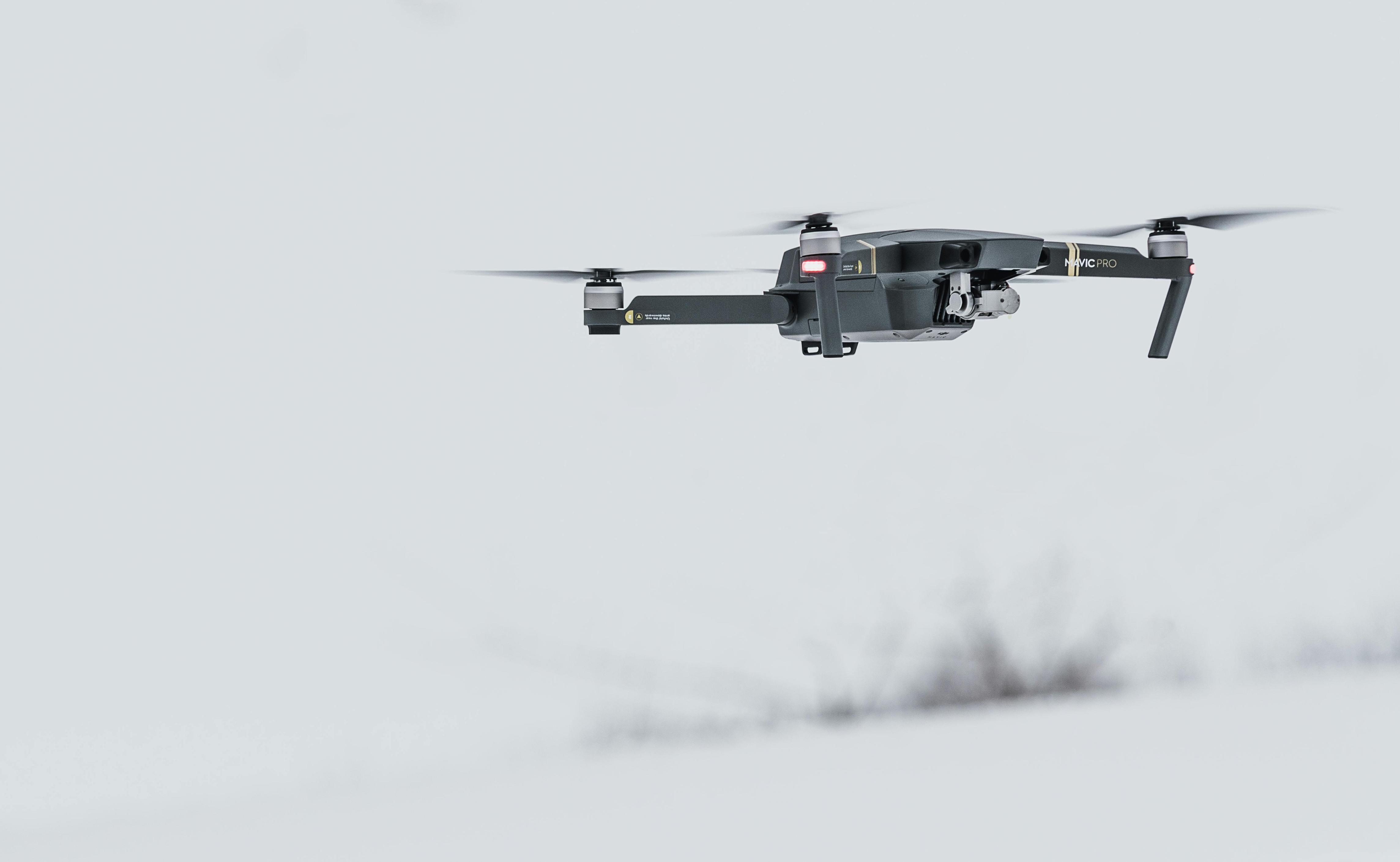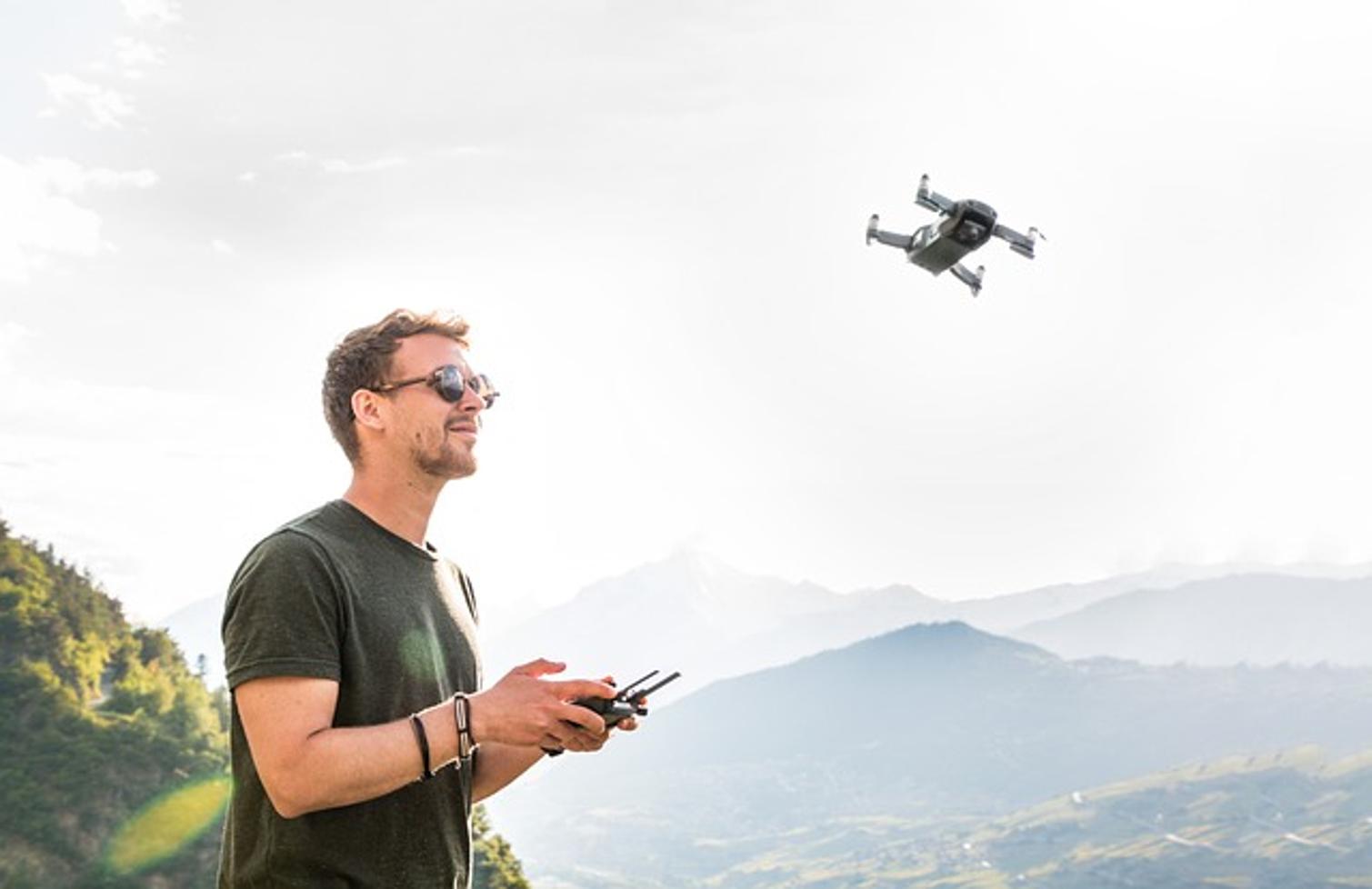Is it OK to Fly a Drone in Hot Weather?
Introduction
Flying drones in hot weather poses a unique set of challenges and questions. Can the heat affect a drone's performance? How can one prepare a drone for high temperatures to ensure safe and efficient flights? This article will explore how heat influences various drone components and offer strategies to mitigate these effects. Furthermore, we will cover practical steps for pre-flight preparation, in-flight adjustments, and post-flight care, ensuring your drone remains in optimal condition even in the most sweltering conditions.

How Heat Affects Drone Performance
Heat can significantly impact a drone's performance. To fully understand the extent of these effects, we need to delve into how heat affects crucial drone components like batteries, electronics, and flight stability.

Preparing Your Drone for Hot Weather
Battery Life and Thermal Management
Drones rely heavily on their batteries, and high temperatures can degrade battery life significantly. Before flying, ensure the battery is fully charged and has cooled down from any previous flights. Using battery management software can help monitor battery health in real-time, which is crucial in hot weather.
Overheating of Drone Components
Electronic components are sensitive to heat. It is essential to check for any signs of overheating, such as unusual noise from the motors or the smell of burning plastic. Keeping the drone in a shaded, cool area before takeoff can help lower its temperature.
Flight Stability and Control
High temperatures can also affect the air density, which in turn affects the drone's lift and stability. Pre-flight calibration, especially considering the local temperature conditions, can help in maintaining flight stability. Additionally, checking the firmware for any updates related to temperature management is wise.
In-Flight Strategies for Hot Weather
Once your drone is airborne, maintaining its performance and avoiding overheating becomes crucial. Here are some strategies to consider:
Monitoring Temperature in Real Time
Use your drone's telemetry data to monitor the temperature of key components like the battery and motors. If you notice temperatures nearing critical levels, it is wise to shorten the flight duration or descend to a lower altitude where temperatures might be cooler.
Optimal Flight Altitude and Path Adjustments
Higher altitudes may expose your drone to less heat from the ground, but beware of the thinner air which can affect flight performance. Try flying early in the morning or late in the evening when temperatures are generally lower. Adjusting your flight paths to avoid prolonged exposure to direct sunlight can also help.
Using Heat Dissipation Techniques
Implementing heat dissipation measures can further protect your drone. Try using thermal pads on electronic components or choosing a drone model known for efficient heat distribution. The addition of small external fans can also aid in cooling critical parts during the flight.
Post-Flight Care for Your Drone
After a flight in hot weather, the drone needs proper care to maintain its longevity.
Proper Cooling Down Techniques
Immediately after landing, turn off the drone and remove the battery to let them cool down separately. Avoid placing the drone in an enclosed, hot environment like a car. Use a portable fan to speed up the cooling process if necessary.
Maintenance Tips after Hot Weather Flights
Inspect your drone for any physical damage or wear that might have been exacerbated by the heat. Pay special attention to the battery and wires for signs of corrosion or swelling. Cleaning the dust off the electronic components can also help keep them cool in the long run.
Ideal Storage Conditions
Store your drone in a cool, dry place. If possible, use a thermal-resistant carrying case. Avoid storing the drone fully charged; keeping the battery at around 50% capacity is generally recommended for longer battery life.

Common Issues and How to Mitigate Them
Drones can encounter several issues related to high temperatures. Understanding these can help mitigate any potential problems.
Symptoms of Heat Stress in Drones
Common signs of heat stress include decreased battery performance, motors malfunctioning, or erratic behavior during flight. If you observe any of these symptoms, it’s crucial to land immediately and assess the situation.
Emergency Procedures for Heat-Related Failures
In case of an unexpected malfunction due to heat, having an emergency plan is essential. This includes safely landing the drone as soon as possible, identifying safe landing zones beforehand, and keeping emergency contact numbers handy for professional repair services.
Long-Term Impact on Drone Longevity
Continuous exposure to high temperatures can degrade your drone's components over time, leading to frequent repairs or replacements. Regular maintenance and timely checks can prolong the operational life of your drone and reduce unforeseen failures.
Conclusion
Flying a drone in hot weather requires additional preparation and care but is entirely feasible. By understanding the effects of heat and implementing preventive measures, you can ensure that your drone operates safely and efficiently. Proper pre-flight checks, in-flight monitoring, and post-flight care are crucial steps to maintaining your drone's performance.
Frequently Asked Questions
Can high temperatures cause permanent damage to my drone's battery?
Yes, prolonged exposure to high temperatures can shorten battery life and potentially cause permanent damage.
What are the best times of day to fly a drone in hot weather?
Early mornings and late evenings are optimal as temperatures are generally lower during these times.
Are there any specific drones recommended for use in hot weather?
Some drones are designed with advanced thermal management systems. Researching and investing in a high-quality drone can make a significant difference in hot weather conditions.



